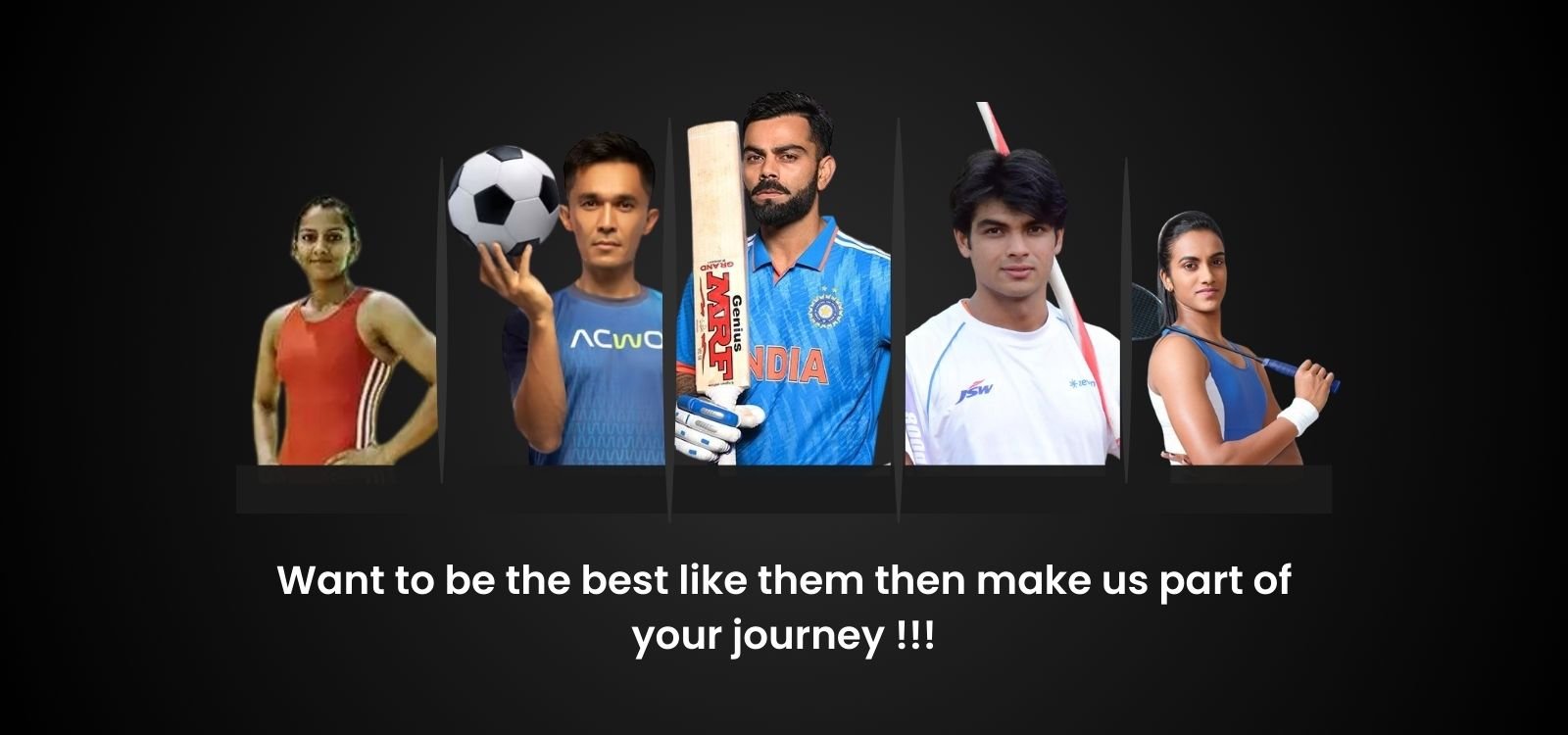Menu

Dr. Sanjay Barik
Knee & Shoulder Surgeon

For free online opinion by Dr Sanjay Barik
Struggling with wobbly legs and a constant fear of spraining them, which is holding you back from fully embracing life?
The majority of ankle sprains, around 80%, can recover without the need for surgery.
Our objective is to facilitate the healing process of your ankle sprain, as it is crucial in preventing future occurrences of ankle twisting.
You're not walking this path alone. And within the shadows, there's a glimmer of hope.
The InternalBrace system aids individuals like yourself in regaining strength and mobility, enabling a return to activity with greater resilience.
Ankle ligament injuries are frequently encountered in sports, often leading to repeated instances of ankle twisting. Among the primary risk factors for this recurrent twisting is a history of previous ankle sprains. If left unaddressed, these injuries can progress to secondary degenerative alterations within the ankle joint, resulting in ongoing twisting episodes, discomfort, and diminished athletic capabilities.
WHY PATIENTS TRUST INTERNALBRACE™ TECHNIQUE

Ankle sprains are the most common sports injury with approximately 2 million occurring each year in the United States.

1 in 5 people with ankle problems report chronic ankle problems The rate is even higher, 1 in 3, for players.

Up to 70% of people with ankle sprains will have another sprain in the future.
Percutaneous Ankle Ligament Sprain Repair
Ankle ligament injuries are among the most frequent sports injuries, often leading to repeated episodes of ankle twisting. The primary risk factor for recurrent ankle twisting is a prior ankle sprain. If left untreated, this can result in secondary degenerative changes in the ankle joint, ongoing pain, recurrent twisting, and diminished sports performance.
ATFL (anterior talofibular ligament) and CFL (calcaneo fibular ligament) tear repair with Internal Brace
A Seat Belt for the Ankle
Ankle Support with InternalBrace Ligament Augmentation
Much like a seat belt protects you in a car accident, InternalBrace ligament augmentation supports surgical repairs by securing your ligaments to the bone during the healing process. This added stability can help reduce the likelihood of future sprains.6,7


How the InternalBrace Works
The purpose of the surgery is to restore strength and stability to the ankle by repairing the injured ligament. The InternalBrace repair technique enhances the primary surgical repair by using special anchors to provide additional fixation points, which secure the ligament to the ankle bone during the healing process. This technique involves compressing the ligament against the bone using FiberTape® suture. FiberTape® is made from ultra-high-molecular-weight polyethylene (UHMWPE), a strong and stress-resistant material with properties similar to Kevlar®. This material has been safely and effectively used in millions of patients.
Ankle ligament injuries are among the most prevalent sports injuries, often resulting in recurrent ankle twisting. The primary risk factor for recurrent ankle twisting is a prior ankle sprain. If left untreated, these injuries can lead to secondary degenerative changes in the ankle joint, ongoing instability, pain, and decreased athletic performance. Most cases involve an anterior talofibular ligament (ATFL) sprain, as typically revealed by MRI. Traditional reconstruction or repair of the ATFL and the calcaneofibular ligament (CFL) typically involves harvesting a tendon graft, drilling holes into the ankle bones, and securing the graft with anchors and screws.
Ready to get back into sports faster & stronger?
Follow These Simple Steps
Cost Calculator
STEP 1 : WHATSAPP YOUR MRI AT 7507306684
STEP 2 : GET FREE ONLINE CONSULTATION
STEP 3 : FIX APPOINTMENT & MEET DR SANJAY BARIK
STEP 4 : CONFIRM THE DIAGNOSIS AND TREATMENT PLAN
STEP 5 : GET ACL REPAIR
STEP 6 : GET BACK TO SPORTS AND RUNNING IN 3 MONTHS
Medial Ankle Ligament Repair With Internal Brace
Flat Foot Spring Ligament Repair
Internal brace technology is also utilized in the repair of the spring ligament for managing flat foot. This approach facilitates early patient mobilization and reduces the risk of procedural failure.
Deltoid Ligament Internal Brace Repair
The deltoid ligament, located on the medial side of the ankle, is frequently injured in accidents. Internal brace repair of the deltoid ligament eliminates the need for tendon harvesting, thus avoiding donor site morbidity. This approach facilitates a faster recovery for the patient.
Achilles Tendon Tear Repair with Internal Brace
Traditionally, Achilles tendon repair with suture anchors requires at least two months of immobilization in a cast following surgery. This prolonged immobilization often results in increased morbidity and poor surgical outcomes. In contrast, the Speed Bridge knotless repair, utilizing biocomposite SwiveLock anchors and FiberTape internal bracing, is at least three times stronger than conventional repair methods. This advanced technique has significantly improved surgical outcomes, allowing patients to mobilize immediately without the need for plaster or a cast post-surgery.
The postoperative recovery is notably swift, and the risk of tendon re-rupture is substantially lowered. The knotless technique eliminates the challenges of simultaneously tensioning multiple knots and prevents the strangulation and ischemia at the tendon rupture site associated with traditional suture anchor fixation.

"If conservative treatments haven't resolved your chronic ankle pain and/or instability, it might be time to consider surgery."
Dr. Sanjay Barik
Sports injury knee and shoulder arthroscopy surgeon.Acl expert, meniscus repairspecialist

Treatments
ACL treatments
0
+

Experience
Years of Experience
0
+

Happy Patients
Above Sports Person
0
+

Hospital Reach
More Than
0
+
What patients say About Dr Sanajy Barik






